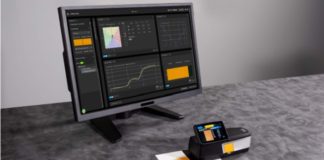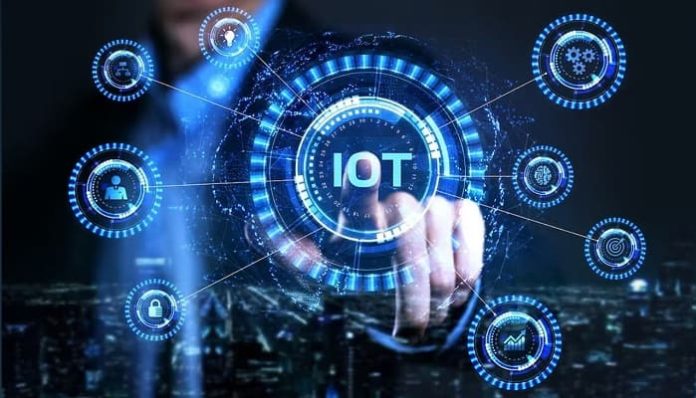Increased focus on IoT cybersecurity: With the integration of IoT devices into critical systems (such as Smart Cities), as well as the overall increase in IoT adoption across the board (thanks to increased proliferation of 5G, eSIM, iSIM, and satellite connectivity), the importance of stringent security measures is magnified, particularly concerning eSIM/iSIM technology and data integrity. Ensuring robust security protocols, advanced encryption, and persistent monitoring is essential to safeguard against evolving cyber threats.
AI and ML enabling intelligent IoT systems: AI will play a crucial role in analysing vast data volumes instantaneously, leading to enhanced applications such as predictive maintenance and energy management. Should this be combined with the efficiencies already seen from centralised IoT management platforms, a synergistic effect could emerge, where the seamless integration of AI and IoT leads to unprecedented levels of operational efficiency. However, with AI given such access, data integrity will continue to be a major cyber security concerns which the industry must address in 2024.
Edge computing enhancing IoT performance: Modern IoT employs edge analytics and open architectures, ensuring data integrity and enabling novel, latency-sensitive applications. While long-discussed in the IoT industry, the technology will grow in use as 5G networks become more prolific and reliable.
Blockchain for IoT security: Blockchain is poised to advance IoT security, especially as devices manage more sensitive data. As IoT’s attack surface expands, blockchain’s enhanced data integrity will be crucial. While not new, its integration with AI and ML marks a forward leap, shaping a more resilient IoT infrastructure for 2024 and beyond.
Ultra-thin, low-power smart shipping labels: For tracking goods in logistics, these innovative labels will provide new ways of tracking goods, including real-time location and temperature tracking, in a less bulky and more environmentally friendly form factor.
Integrating SGP.32 into the IoT ecosystem: Not only will SGP.32 boost device and application capabilities with its superior location accuracy, essential for use cases such as precision agriculture, but the new standard will also facilitate the use of eSIMs in IoT devices. This will enhance operational efficiency, thanks to benefits such as remote provisioning and profile swapping, simplifying global device deployment and management.
IoT’s sustainability drive intensifies: Propelled by advanced energy-efficient sensors and AI, precise resource monitoring and control will reduce waste and energy use. Tightening global regulations will further accelerate IoT adoption in key sectors like manufacturing, enhancing compliance and ecological footprints.
























